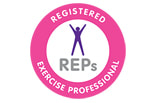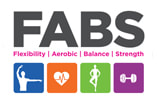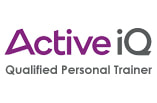|
Next month a very special health and wellbeing event is being held at the Bourne Corn Exchange and Smart Fitt is going to be there to share how exercise and a healthy lifestyle can help our wellbeing. Everyone is welcome to come along and find out about the many local businesses and organisations that are on hand to help you with your health and wellbeing. From exercise classes such as Move It Or Lose It, Tai Chi and dance to singing and mindfulness - you’ll be able to take part in taster sessions and maybe discover a new favourite class to add to your calendar! Lots of Classes to Try! ● We are Undefeatable - Move To Your Mood - Feeling Energised ● Bourne Tuneless Choir ● Tai Chi ● Move it or Lose it (12:45pm-1:00pm) ● Over 60's Dance ● Balance and Coordination - Leisure SK ● Mindfulness Meditation - LeisureSK The whole day is packed out with inspiring wellness classes run by local organisations and is a great opportunity to ask any questions you might have about health and wellbeing. The event is completely free and refreshments are provided. Spaces are limited for each session so make sure you arrive early to secure your spot. If you are planning to take part in any of the activities it is recommended that you wear comfortable clothing that you can move around in and suitable footwear.
Event Details: Date: 26th September 2023 Time: 10am - 3pm Location: Bourne Corn Exchange, PE10 9EF Cost: Free If you would like any more information about this event or any of our classes at Smart Fitt, then please contact Amanda.
0 Comments
A recent article in The Times claimed that just a couple of decades ago the fitness levels of the over 50’s were “woeful”. Interestingly (and thankfully) this trend has reversed and we are now seeing the over 50’s embrace fitness and healthier lifestyles with amazing results. In fact, after many years pushing the middle aged and older groups to increase their exercise, the fitness levels of the over 55’s has surpassed the pre-pandemic levels.
Active Ageing for the over 50’s Sport England have focussed on improving the fitness of the over 50’s by working in partnership with groups such as Age Uk. These agencies have concentrated on improving health and fitness of the over 50’s by introducing initiatives such as walking toolkits and community support. These initiatives have really hit home, todays over 50’s are more aware of how important staying active is as they get older and have embraced exercise and fitness. In order to maintain independence in our senior years we need to look after our bodies by continuing to perform functional exercise and eating healthily. Our cardio health, balance and flexibility all decline as we age and although fitness and diet are not a magic pill to reverse these effects of ageing, they do put us in a stronger position and help reduce the rate at which they decline. Group exercise has been shown to be fantastic for improving fitness and mobility in older people - the building of community and friendship alongside the physical benefits help to reduce the demand on health and social care as well as helping older people remain independent. In order for fitness regimes to be successful it’s vital you choose activities you can fit into your daily routine and ultimately, activities you enjoy. For some that might be weekly boot camps and for others it might be daily walks, cycle rides or swimming. According to Leigh Breen, exercise and health theme lead and professor of translational muscle physiology at the University of Birmingham, daily squats are a great way to help prevent muscle decline in the lower body. You can carry on playing your favourite sports into old age - if you start to feel like it’s too much then try a lower intensity version such as walking football. Strength training twice a week (minimum) to help reduce the decline of muscle mass and improve balance and stability. If you haven’t done strength training before, then you can build up your strength by gardening, heavy lifting and using resistance bands. Check out Amanda’s resistance band workout videos here: https://www.youtube.com/watch?v=MW67mWC5hh0 Research shows that it's never too late to get fit - you can see positive results from being active in your 60’s through to your 90’s, so there really is no excuse not to focus on your fitness. Always speak to your GP or health care professional before embarking on a new exercise programme or diet and remember to build up slowly to avoid injury. If you want more information on joining one of Smart Fitt’s classes or you’d like to find out more about Amanda's' 1-2-1 training sessions, contact Amanda. The 15th to the 21st May is Mental Health Awareness Week 2023 and this year, The Mental Health Foundation has decided to focus on anxiety - a feeling many of us will be familiar with.
With this in mind, now is a good time to look at the positive impact exercise can have on our overall well being, including our mental health. How does exercise help mental well being? We are all aware of the positive effects that exercise can have on our physical health - from improved heart health to stronger bones and joints - but exercise is also great at improving our mental health in a variety of ways: Improved Sleep Not getting enough good quality sleep can be detrimental to our well being but regular exercise has been shown to help improve sleep problems and increase sleep quality by reducing the time it takes for us to fall asleep. Feel Good Hormones When we exercise we produce endorphins and hormones such as dopamine, norepinephrine and serotonin, that help us feel good and regulate our mood. Clear your head Many of us feel better if we can get outside for some fresh air (and sun if we’re lucky). Getting out into nature for a walk, run or cycle can help clear away the cobwebs and reduce feelings of anxiety. Relax your mind and body Exercise doesn't have to be high intensity cardio - gentle and restorative exercise, such as yoga or pilates, is a great way to destress and clear your mind. Divert your attention When you’re focussed on exercising it helps to divert your attention away from the thoughts that are making you feel anxious. To get the full benefits of exercise it’s important to choose an activity you enjoy, that way you are more likely to stick with it. Any exercise that raises your heart rate counts, including household tasks such as gardening and cleaning. Exercising with friends will help keep you accountable as well as giving you access to emotional support. Group classes are a great way to meet like minded people and get fit, or you could arrange to meet up with friends for a weekly walk where you can get things off your chest while you workout. Start Slowly If you are feeling anxious or struggling with your mental health it is important not to put pressure on yourself. A bit of exercise is better than none at all, you could start by just walking to the shops and then build it up over time. If you find some days harder to exercise than others, don't feel guilty about taking a break until you feel ready to exercise again. Try to eat a healthy, balanced diet and try to reduce your caffeine and alcohol intake. Speak to a medical professional if you are starting exercising for the first time or if you are struggling with mental health issues. Mind has helpful advice on improving your mental well being here. |
Archives
August 2023
Categories
All
|

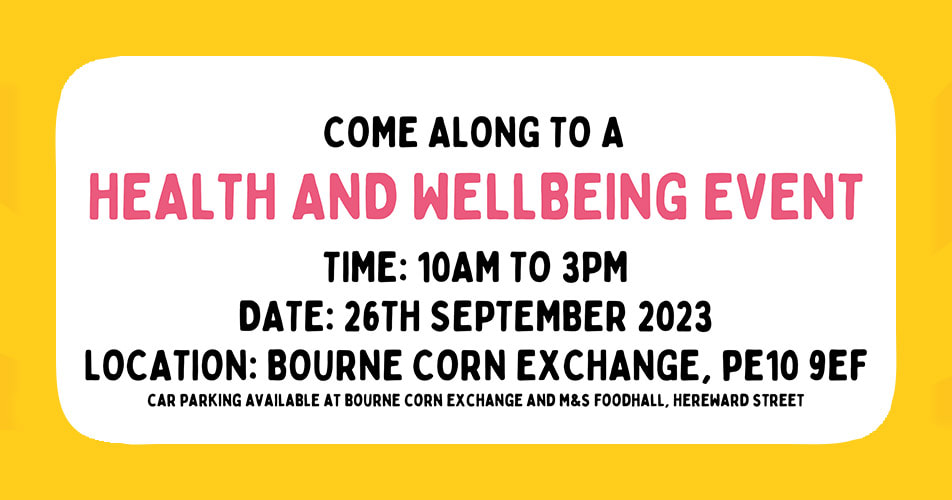
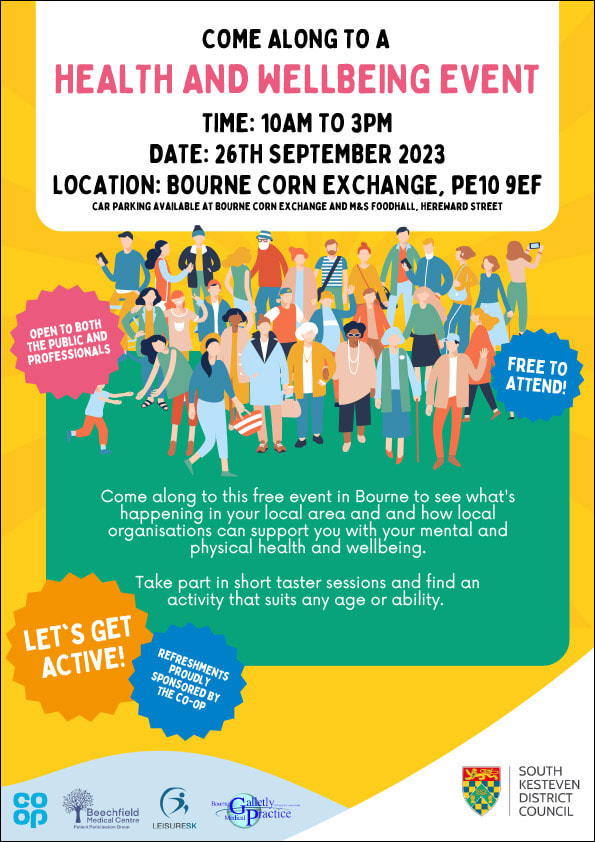
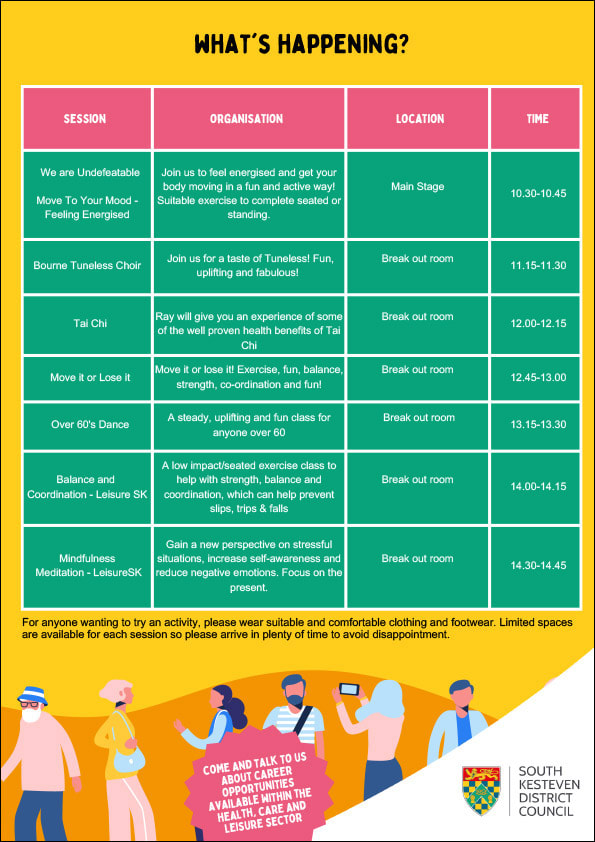
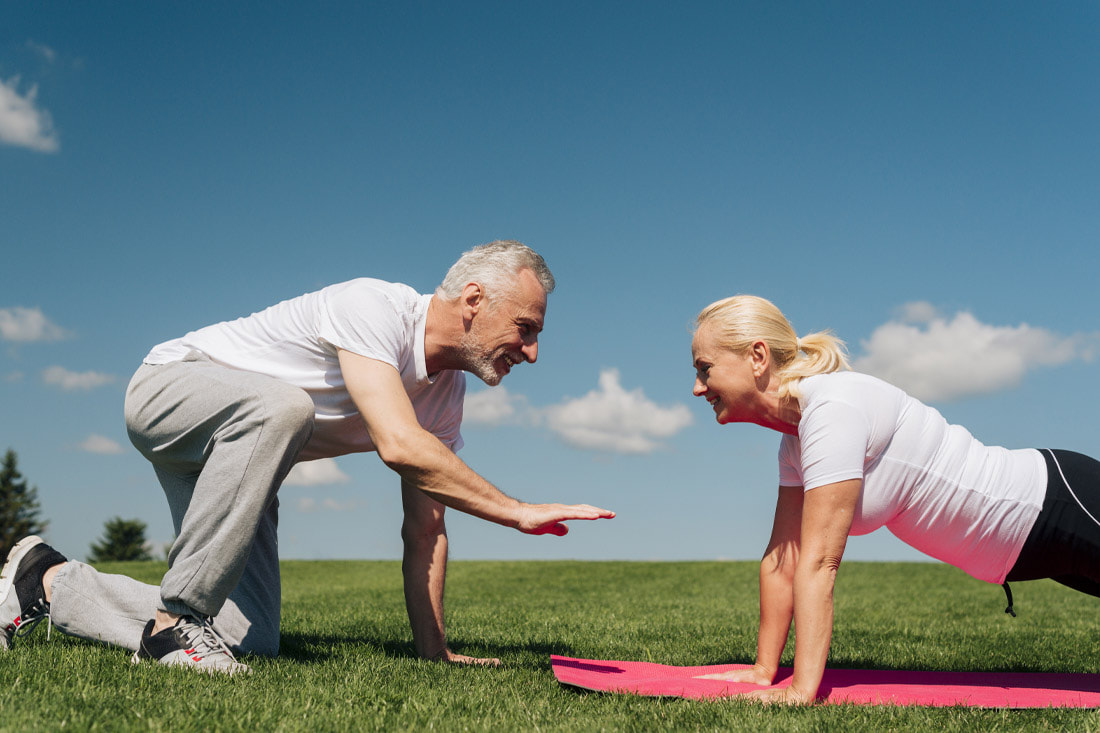
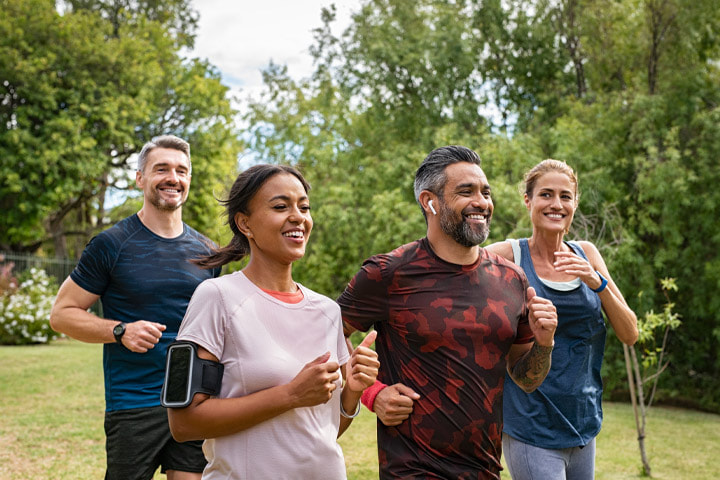
 RSS Feed
RSS Feed
